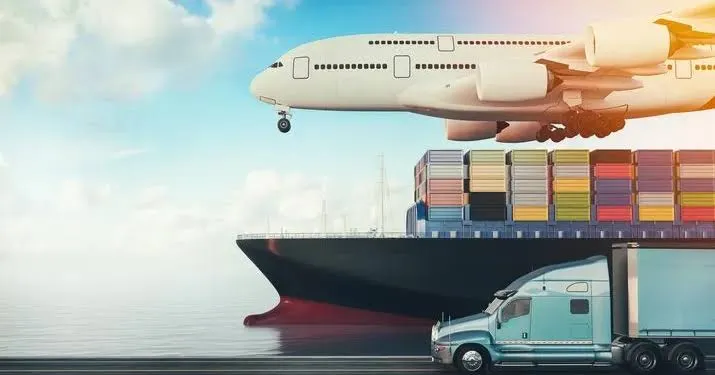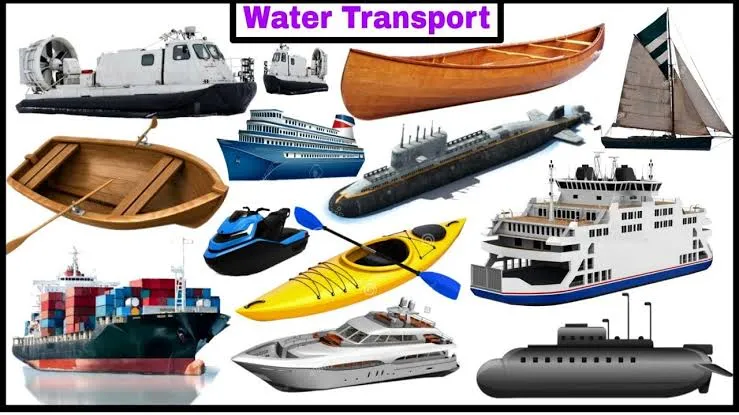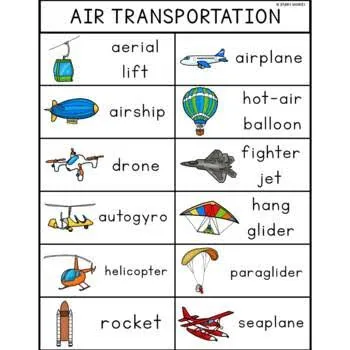In many ways, transportation is the economic lifeblood of many countries; without it, there would be no exchange of commodities or people. Over centuries, both transportation methods and routes have undergone increasingly dramatic changes as a result of the necessity that such exchange become as affordable, safe, and quick as possible. These changes range from the slow, vulnerable carnal caravans that crossed the deserts of Africa and Asia to modern jet planes that can complete a 24-hour orbit of the globe.
Modern complex economies must operate with efficient transportation and communication systems. If a product cannot be delivered to potential customers in a safe and timely manner, mass production will be of little economic benefit. Industrial progress and transportation advancements have always interacted with one another. Both transportation and manufacturing practices underwent major change throughout the British manufacturing Revolution of the late eighteenth and early nineteenth century. All of this would not have been conceivable without each other; the current production system's industrialization was only made possible by the combination of constant industrial progress and mean transportation.
In the past, trade was made feasible by producers coming together at a market location (to which they had to travel) to exchange their handmade or agricultural items. Later, domestic animals started being employed to transport heavy items over longer distances. For safety, matchent must travel in groups with their animals in caravans via well-established, historic routes; the journey may take days, weeks, months, or even years to complete.
A WATER-BASED TRANSPORTATION SYSTEM
Since the beginning of time, rivers that reached deep into a nation's interior and man-made canals that connected the interior with the coast have served as methods of movement for people and goods. Stable seagoing ships had to be constructed when mankind traveled farther from their home ports to survive the rigors of lengthy voyages on the open ocean.
The idea of water-based transportation systems has developed recently along with technology improvements. Today's water transportation system consists of a variety of ships that travel the world's oceans and seas, including cargo ships, container ships, and cruise liners. Furthermore, in coastal areas, cutting-edge initiatives like water taxis, hydrofoil boats, and amphibious vehicles are improving urban mobility and transportation effectiveness. These developments carry on the tradition of using rivers as important corridors for intercity travel and economic development.
THE USE OF LAND FOR TRANSPORT
The construction of paved roads and bridges was necessary due to the rapid development of land transportation on wheels. These were constructed by companies that specialize in civil engineering.
Early in the nineteenth century, improvements to railways over the majority of the globe sparked a social as well as a commercial revolution. Railways offered an effective, secure, and quick mode of transportation for the majority of nations. Railroads connect industry and ports in the majority of countries, enabling cheaper distribution of imported and exported goods to markets.
AS A METHOD OF TRANSPORT, AIR
As time goes on, air travel takes off and has sparked an even greater revolution than the railway. All of this has made it possible for transportation and communication in previously inaccessible locations. Aeroplanes are the most popular mode of transportation where long distances must be traversed quickly in remote areas with challenging terrain.
Since any transport network is dependent on three key factors: the desire for mobility, the physical characteristics and climatic conditions of the land, and political considerations, all this growth had not taken place uniformly across the surface of the world. Obviously, the demand for commodities, human mobility, and the distribution of an area's local produce increases with population density.
FACTORS THAT MIGHT AFFECT TRANSPORTATION
Economic aspects are also quite important. Transportation decisions are influenced by available resources, technological breakthroughs, and market demands. Infrastructure requirements are influenced by social factors such as population density and lifestyle preferences. Culture has an impact on how new systems are adopted. In conclusion, the evolution of transportation is influenced by a complex interplay of environmental, political, economic, social, and cultural elements.
CONCLUSION
The lifeblood of commerce is transportation and communication, which work together in an indispensable symbiosis. Effective transportation systems create new markets by bridging great distances between producers and consumers, promoting trade, and boosting economies. In the meantime, efficient communication channels provide fast information exchanges, enabling firms to take wise decisions and quickly adjust to market realities. Transport and communication are the foundation of global trade in this complicated dance, fueling growth, innovation, and wealth by removing geographical obstacles and facilitating frictionless interaction in the contemporary interconnected world.




